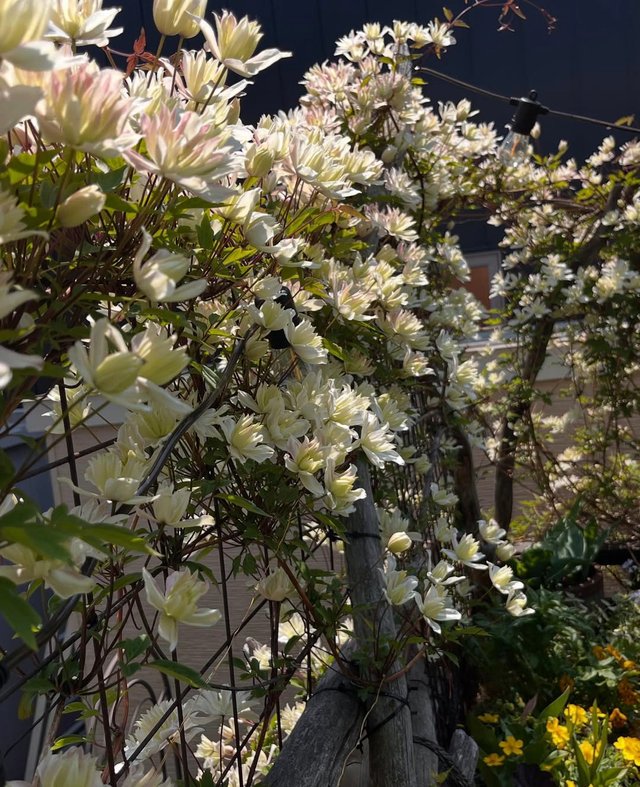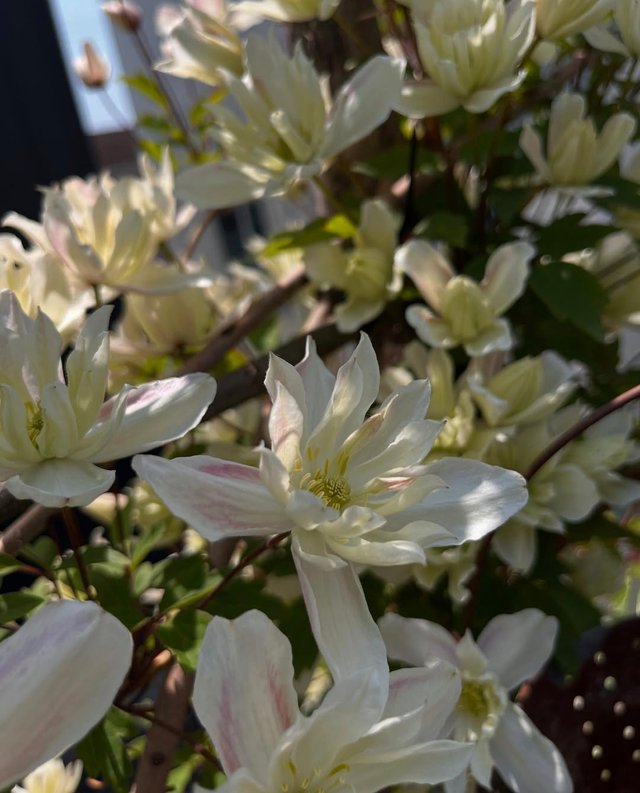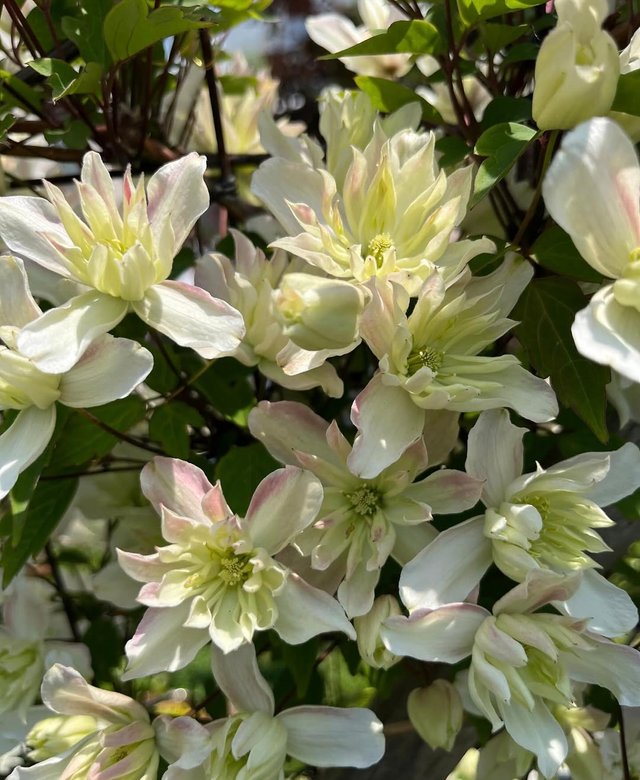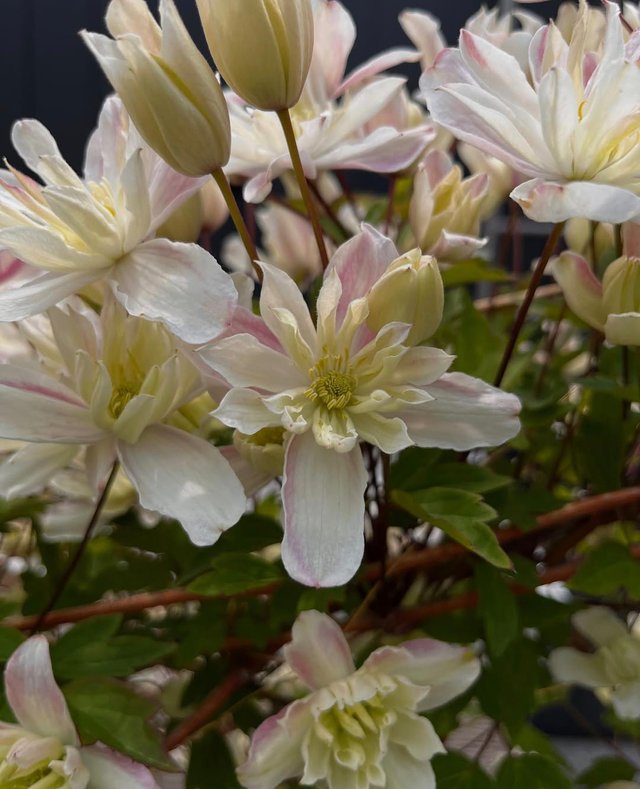Anemone Clematis: The Mountain Queen of Flowering Vines
There are few garden sights more enchanting than a wall, trellis, or fence draped in a cascade of delicate, star-shaped blossoms. One of the most beloved climbers to bring this magical effect is the Anemone Clematis, botanically known as Clematis montana. With its profusion of pastel blooms and vigorous growth, it has earned a place of honor in cottage gardens, woodland edges, and even urban courtyards across the world.But beyond its beauty lies a rich botanical story—of wild Himalayan roots, Victorian romance, and a flower that continues to steal the show every spring.
Clematis montana is a species of the Ranunculaceae family (the buttercup family), native to the mountainous regions of Asia, particularly the Himalayas. It is often referred to as "Anemone Clematis" due to the anemone-like shape of its flowers—open, four-petaled, and usually soft shades of pink or white, with a contrasting golden-yellow center.This clematis is a deciduous climbing vine that can reach 20 to 40 feet in length, depending on growing conditions. Unlike some clematis species that bloom later in the season, Clematis montana is a spring-flowering variety, often exploding with blooms in April or May, depending on the region. Its rapid growth and breathtaking floral display make it a favorite for covering arbors, pergolas, trellises, and old stone walls.
Anemone Clematis has been cherished in Western gardens since the late 19th century, when plant explorers and horticulturists began introducing Himalayan species into European cultivation. Its romantic bloom style, fast growth, and old-world charm made it a staple in English cottage gardens, where it was often allowed to ramble freely over stone walls or wooden gates.In modern gardens, it serves both aesthetic and functional purposes—providing a fast-growing privacy screen, softening architectural lines, or acting as a vertical element in small spaces.Its charm lies not just in the sheer quantity of flowers, but in how it transforms a space—from ordinary to fairytale—with almost effortless grace.




